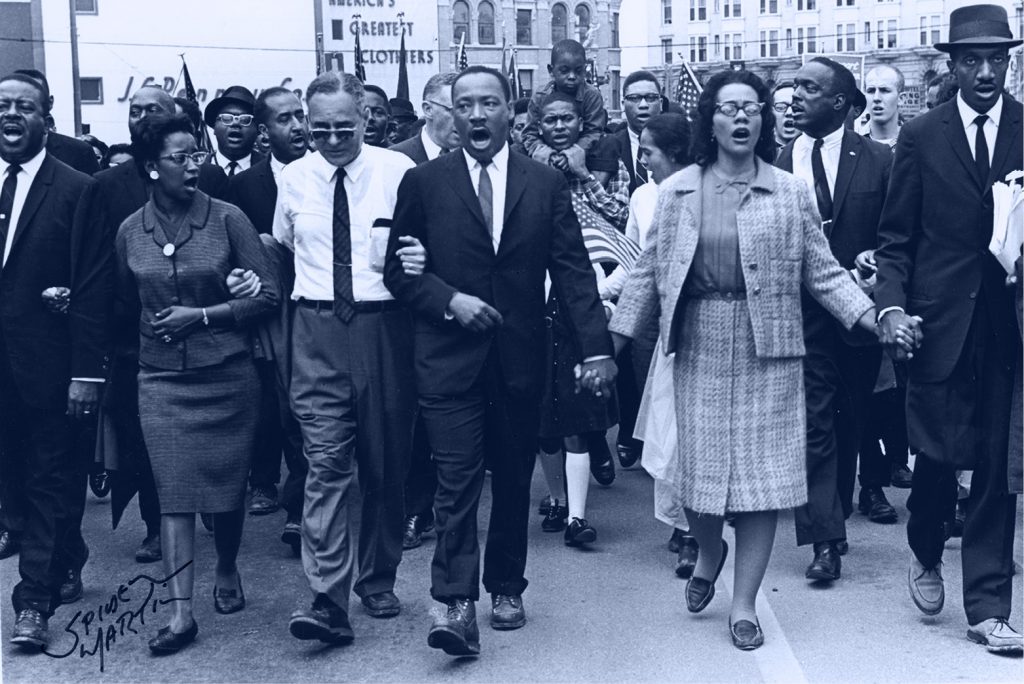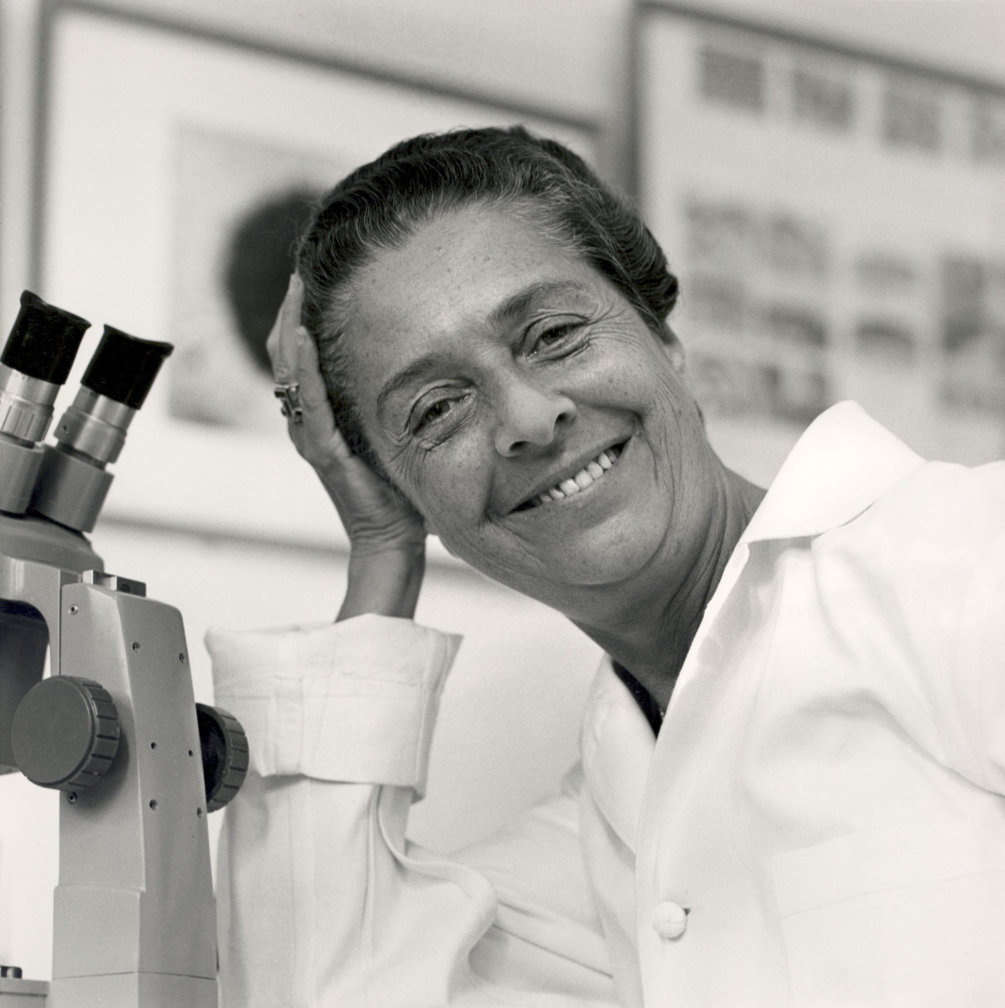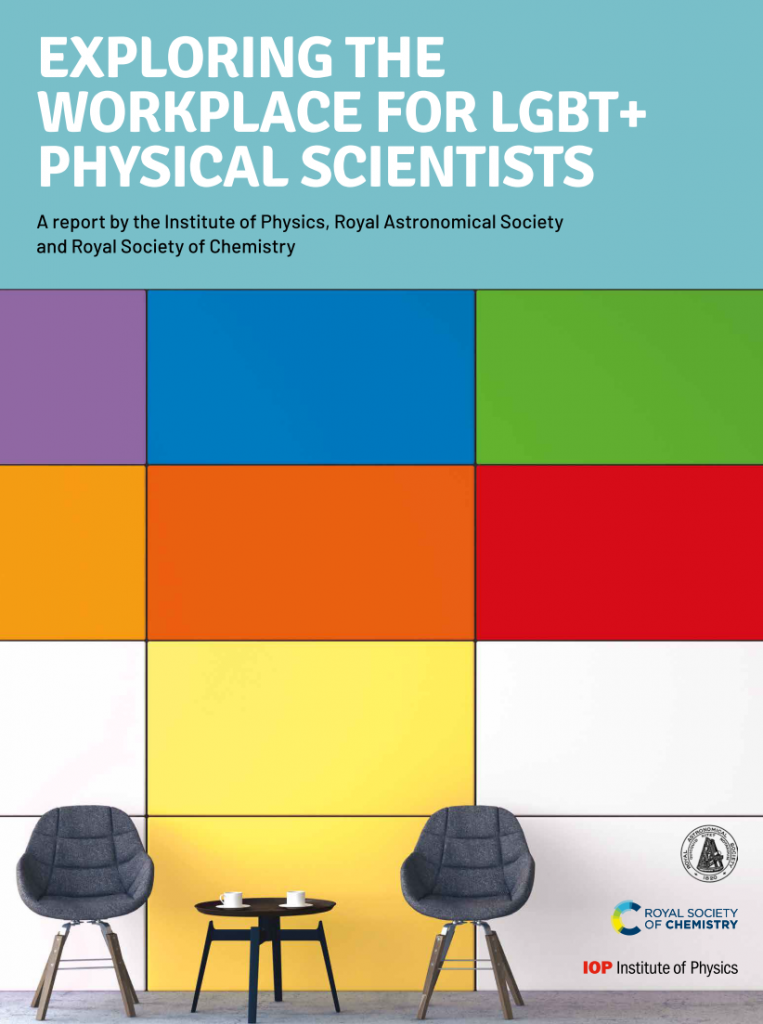Who inspired you to find who you are or who you could be?
“Dear Minister,
I am a twelve-year-old Queer. I want to be a Queer artist like Michelangelo, Leonardo or Tchaikovsky.”
As a child, Derek Jarman, the film-maker, artist and gay-rights activist, knew who his heroes were. He looked up to them because their art spoke to him. It could have been the male form freed from the grip of the marble by the hands of the sculptor, the ingeniousness and charm of the artist-inventor, or the emphatic and dramatic colour of the composer of ballet music, the earnest quality of their work validated his own ambition to be an artist – a Queer artist.
When I was a child like Derek, it didn’t quite cross my mind that I could be like Michelangelo, but I too had my heroes, and it happened they were all scientists.

At the time, I loved a cartoon on TV that portrayed the lives of scientists and inventors. I loved all about it: the ideas, the experiments and the quirky details of the scientists’ lives. I decided I wanted to be a scientist as it seemed to me no one else had a more meaningful life. There was another, more private, reason for this choice: like Derek, I was queer too.
Now, admittedly, there were no queer scientists in this cartoon I loved. There were, of course queer scientists in the real world, but the narrator of this cartoon forgot to tell that part of the story.
I don’t think it was a deliberate choice on my side, at least at that time, but the inspiration from the cartoon, weaved with my early fascination for the natural world, began to construct this idea of science.
It was the idea that the scientific method could be used to challenge preconceived ideas; it was self-correcting and anti-dogmatic; it was a method that opened our eyes to the external world of phenomena and relied on human tenacity, sometimes in the face of opposition or even discrimination.
Youth has ideals and my ideal was science.
When I look back now, I think it gave me hope to challenge other assumptions in my life, many of which were shaped by the authorities in my wider community. Despite this hope, the answers to questions regarding human dignity were to be sought somewhere else.
The fact that minority rights are a political and moral issue dawned on me, in a very embryonic form, one summer afternoon when I was about 12 years old. I cannot remember how I acquired a copy of Martin Luther King’s biography but a passage remains burnt in my mind with the vivid sense of sadness it communicated – “As if the curtain had been dropped on my selfhood”
“Just before going to college I went to Simsbury, Connecticut, and worked for a whole summer on a tobacco farm to earn a little school money to supplement what my parents were doing. […] I had never thought that a person of my race could eat anywhere, but we ate in one of the finest restaurants in Hartford.

Dr. and Mrs. Martin L. King Jr. led the way into Montgomery, Alabama, during the 1965 march. Photo credit: Spider Martin. Image credit: Spider Martin, courtesy of Birmingham Civil Rights Institute.
“After that summer in Connecticut, it was a bitter feeling going back to segregation. It was hard to understand why I could ride wherever I pleased on the train from New York to Washington and then had to change to a Jim Crow car at the nation’s capital in order to continue the trip to Atlanta.
“The first time that I was seated behind a curtain in a dining car, I felt as if the curtain had been dropped on my selfhood. I could never adjust to the separate waiting rooms, separate eating places, separate rest rooms, partly because the separate was always unequal, and partly because the very idea of separation did something to my sense of dignity and self-respect.”
The image of a curtain falling heavy on your sense of self was the trigger for my very sudden empathy for liberation efforts and the fight for equality. Concealment of your own Self has been the hallmark of many LGBTQ+ people as they grow up.
In Italy in the early 40’s, the fascist regime declared that ‘true Italian science’ must be Aryan.
In the book ‘In Praise Of Imperfection’, the Italian biologist Rita Levi Montalcini describes the moment in her early scientific career when the racial laws of the fascist regime barred her both from University and practicing the medical profession.
In a climate of mistrust and oppression, a word of advice came to her from a former collaborator: “One does not get discouraged so easily at the first adversity. You must set up a small lab and carry on with you research,” citing the illustrious example of Cajal, who initiated a whole field of exploration working in a small lab in sleepy 19th century Valencia.

She collected eggs from nearby farms, operating and growing them in a handmade incubator housed in her own bedroom, while the war was raging around her. She managed to complete her initial studies on the development of brain circuits in the chick embryo, which won her the Nobel prize years later.
During her time at Washington University St Louis, Rita joined the protests of the civil right movement. She met Dr King and kept a poster of his picture in her lab, which was still hanging there when she died in 2012. A female scientist, a Jew, marching for the rights of people of colour: this was intersectionality ante litteram.
In England in the late 80s, the AIDS epidemic reached the UK and the Government of the time introduced Section 28 in the 1988 Local Government Act, banning the intentional promotion of homosexuality in any form or through any type of material. A period of harsh violence, both physical and emotional, engulfed the LGBTQ+ community.

An early career researcher in cosmology, Peter Coles, decided to take to the street to protest against the repressive measures made legal by Section 28. He also decided that he would not let any further comments pass. In his words:
“ I think it only took a few intercessions in the tea room or Falmer Bar for it to become widely known in the Department that I was gay. That was how I came out in astrophysics, and thereafter almost everyone just seemed to know.”
Repeal of the infamous Section 28 came in 2003 and the last decade saw the legal recognition of same-sex partnership and marriage. Trans people received legal recognition of their gender in 2004. As a society we have yet to fully recognize other conditions that affect the well-being and rights of LGBTQ+ people and put adequate supportive policies in place.
London, January 2019. The lecture room at the Institute of Physics is filled with scientists at various stages of their career who are listening to Professor Peter Coles, charting the progress over the past 30 years in his field of research and the equally momentous changes in societal acceptance experienced by the LGBTQ+ community.
I am here too and I feel at home. How can one explain this feeling of empathy?
I hear one of the organizers mentioning how important it was for them to come and live in a big city like London, which facilitated meeting other LGBTQ+ people. Another adds how being in a conference like this gives the same positive validation. We can feel like a majority, for once.
It is a meeting of excellent minds.
The talks are filled with great science and abundant in humour. You can be yourself here, you can feel relaxed and own your queer presence on stage. I leave and I am determined not to let this positive feeling slip.
The scientific community is looking within itself and sees how far more it needs to go to invite the best minds in, irrespective of their social class, ethnicity, sexual orientation, gender identity, disability, religion, neurodiversity and another number of attributes.
Learned societies like us have a role to play. It matters to us that the most passionate individuals, with their unique combinations of life histories and characteristics, should gain fair access to study, teach, research and promote the value of biological sciences.
A recent report looked at the climate experienced by a subset of LGBTQ+ scientists working in the physical sciences. In it, there is a set of recommendations for individuals, institutions and scientific societies.

The recommendations cover strategies to create a welcoming environment, such as explicit support and encouragement from senior managers, active promotion and support for LGBTQ+ conferences, events and networking.
It also suggests policies to make the principles of inclusivity effective e.g. recognition of EDI committees; the use of pronouns and titles; safeguarding mechanisms; clear bullying and harassment policy and associated guidance and support.
The report also stresses the role individuals have in positively affecting their environment. As an LGBTQ+ person, you don’t have any obligation but being yourself, as long as this is safe and does not threaten your physical and mental well-being.
Allies are powerful supporters of the community: they can advocate for change, use their social capital for the good of fellow LGBTQ+ scientists, project inclusivity and amplify support. We must all do our best to be active bystanders and respectful advocates.
One recommendation of the report suggests the value of building a visibly welcoming community. The RSB promotes the LGBTSTEMinar for scientists of all fields who can come together to talk science and be open about what it means to be a LGBTQ+ scientist today. In the coming months we will also look at additional ways to bring our own community together to support LGBTQ+ scientists and allies working in the biosciences.
On Saturday, members of the RSB will meet in London to march at in the Pride Parade. I hope this day of celebration will spark conversations, build friendships and lead us to an exciting new chapter for LGBTQ+ visibility and inclusivity.

20 odd years after that early fascination for science, I found my new heroes. They are not drawn on paper but made of flesh and bones. They may have had quite different lives from me but I am bound to them by a mutual understanding and recognition of the difficulty they have experienced with being accepted for who they are.
Today is your day. I have told my story but I am sure there are plenty more interesting ones out there. If you feel like sharing them, we are here to listen and learn from each other.

